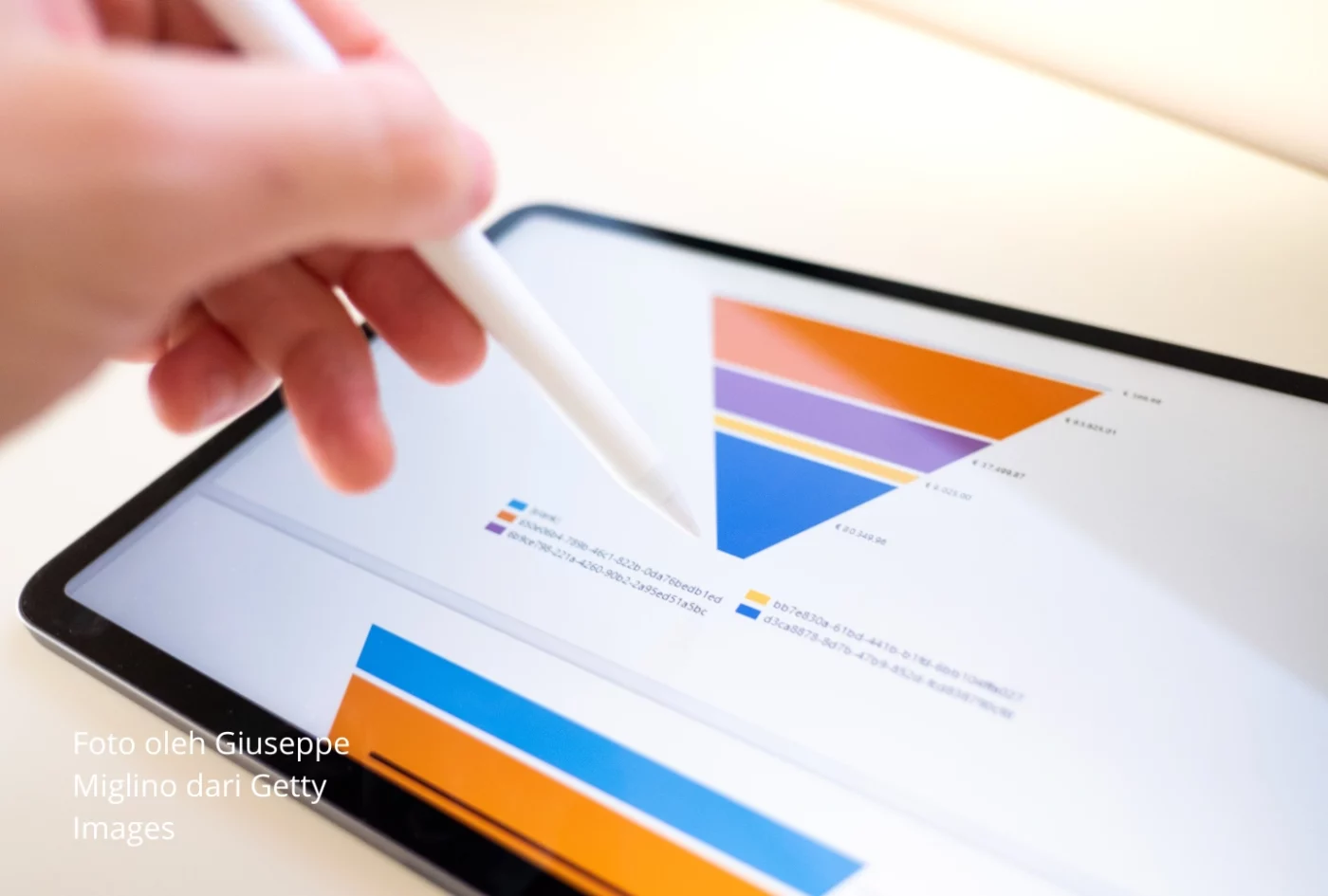
Marketing Funnel: A Powerful Strategy to Increase Sales
In the business world, understanding the customer journey is no longer just an option, but a necessity. A successful marketing strategy is not just about selling a product or service, but also about understanding every step a customer goes through, from initial introduction to becoming a loyal customer of your brand. By knowing how customers interact with your brand at various stages, you can craft a more personalized and effective approach to meet their needs.
One of the most helpful tricks in understanding and optimizing the customer journey is the marketing funnel. This concept provides a comprehensive overview of how potential customers move from the initial steps of brand recognition to becoming loyal customers. By using a marketing funnel strategy, you can identify opportunities to increase awareness, drive conversions, and build long-term, mutually beneficial relationships with your customers.
In this article, we will discuss practical steps to understand and implement how the marketing funnel works, so that you can optimize each step of the customer flow. With the right approach, you can not only increase sales, but also create a loyal customer base and support sustainable business growth.
What is a Marketing Funnel?
A marketing funnel is a framework designed to map out the customer journey from the first step of brand recognition to becoming a loyal customer. This concept helps businesses understand how potential customers move through various stages before finally making the decision to buy and, furthermore, recommend the brand to others. The funnel has five main stages:
In general, the marketing funnel consists of five main stages:
1. Awareness
At this stage, the main focus is on creating awareness about your brand among a wider audience. The goal is to make them aware of the existence of your product or service.
2. Consideration
Once potential customers are aware of your brand’s existence, they start considering whether your product or service is relevant to their needs. This stage involves further exploration and evaluation.
3. Conversion
This stage is the pivotal moment where customers decide to make a purchase. Conversion indicates success in convincing them that your product or service is the best solution.
4. Loyalty
After making a purchase, the next step is to make sure customers stay loyal to your brand. Loyalty is built through positive customer experiences and long-term relationships.
5. Advocacy
This stage is the pinnacle of the marketing funnel, where customers are not only loyal but also actively recommend your brand to others. Customers at this stage become valuable advocates for your business.
By understanding each stage in the marketing funnel, you can design more effective strategies to lead customers through their journey and achieve sustainable success.
Stages of Marketing Funnel
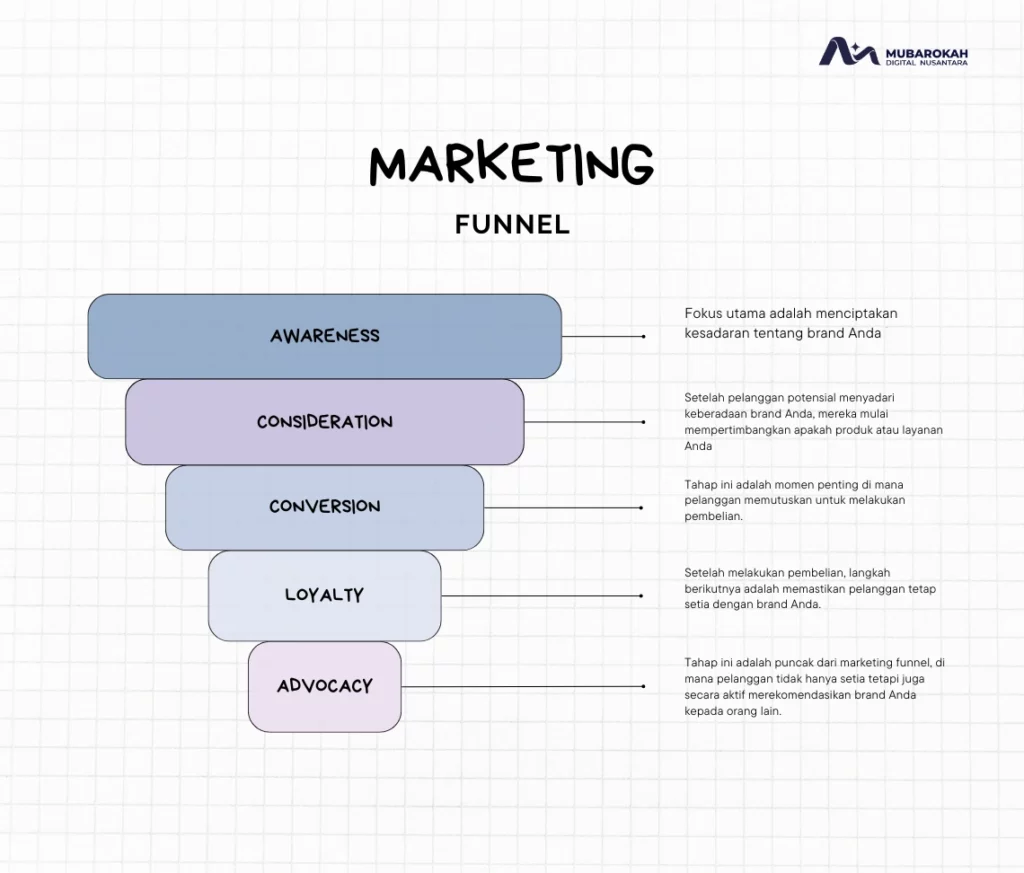
1. Awareness
This stage focuses on introducing your brand to as many audiences as possible. The goal is to make them aware of the existence of your product or service. For example:
Platform: Use Instagram Ads, Facebook Ads, or other digital channels.
Strategy: Create engaging and educational content that introduces the unique value of your brand.
Output: Increase visibility without expecting direct sales.
To use a simple analogy, awareness is like an initial introduction. Just like someone you just met, you don’t offer something right away, but rather build a relationship first.
2. Consideration
Once your audience is aware of your brand, they start to consider whether your product is relevant to their needs. At this stage:
Platform: Website, e-commerce, or social media.
Strategy: Showcase product features, benefits, and testimonials to address customer pain points.
Output: Increase interest for further exploration.
For example, interested customers may start reading product details on the website or look at reviews from other users.
3. Conversion
This is the crucial stage where the customer decides to buy. Conversion can be driven through:
Promotions: Discount offers, product bundling, or loyalty programs.
Platform: Use CTAs (Call-to-Action) such as “Chat via WhatsApp” for retargeting customers who have shown interest.
Results: Sales increase with a personalized approach such as help from Customer Service (CS).
Surveys show that using WhatsApp Business can increase sales by 68% with a 40% increase in conversion rate.
4. Loyalty.
Creating loyal customers is a long-term investment. Don’t stop after conversion;
focus on CRM (Customer Relationship Management): Send emails, exclusive promos, or membership programs.
Benefits: Loyal customers will continue to make repeat purchases and provide ongoing revenue for your business.
5. Advocacy
This stage is the “holy grail” of marketing. Customers are not only loyal but also voluntarily recommend your products to friends or family. How to do it:
Referral Program: Provide incentives such as discounts for each recommendation.
Wow Experience: Focus on exceptional service and product quality.
Results: Organic and complimentary increase in brand awareness.
Conclusion
Understanding and implementing the marketing funnel concept is an effective way to build a successful marketing strategy. By guiding customers through each stage of the funnel, your business will not only gain sales but also create a loyal customer base and advocates for your brand. Start with a focus on awareness and move on to the next stages for sustainable business growth.
If you implement all these steps, you are already one step ahead of 80-90% of other business people. Good luck, and good luck!



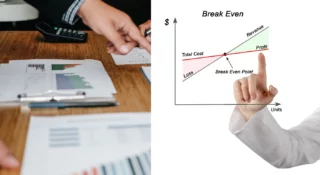


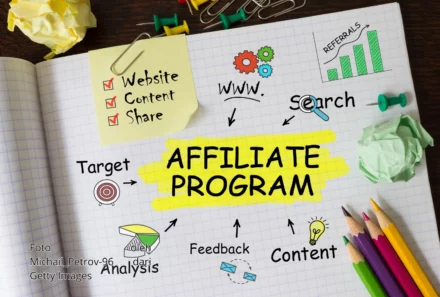
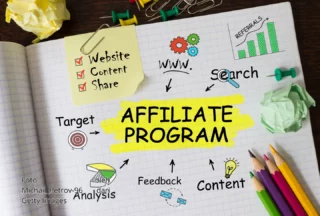


Leave a Comment